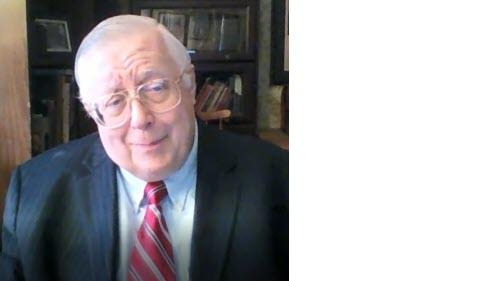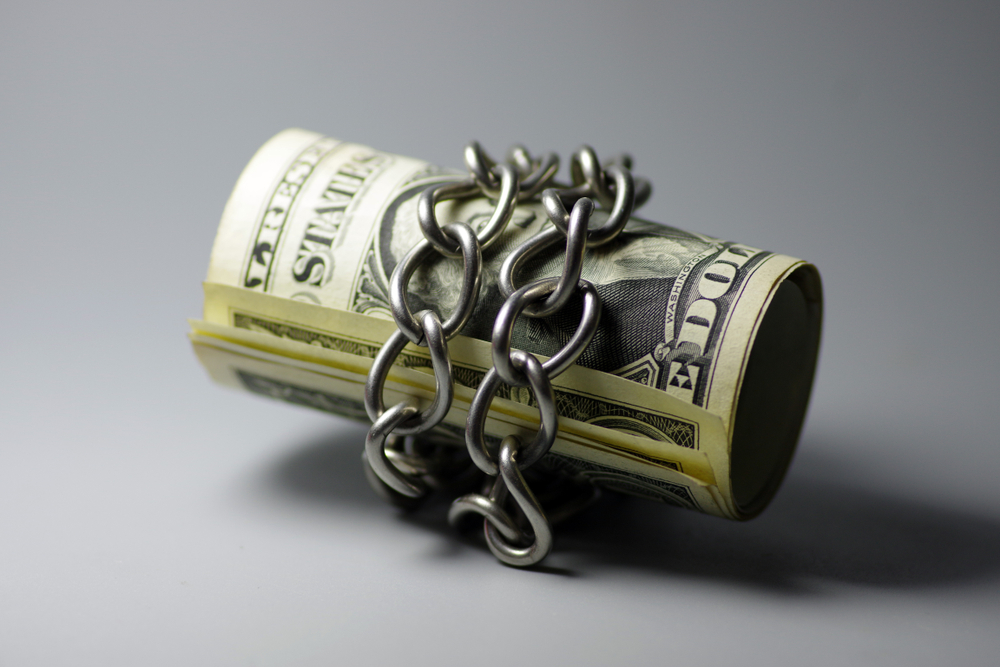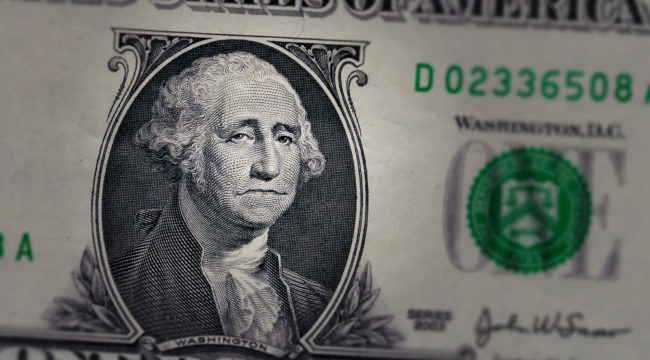As mentioned four times already (here, here, here and here) before anyone picked up on it, the next President will be in over his or her head. In reality, it’s the need to reverse a U.S. decline in power.
Talk about a poisoned chalice. No matter who is elected to the White House in November, the next president will probably face a recession.
The 83-month-old expansion is already the fourth-longest in more than 150 years and starting to show some signs of aging as corporate profits peak and wage pressures build. It also remains vulnerable to a shock because growth has been so feeble, averaging just about 2 percent since the last downturn ended in June 2009.
“If the next president is not going to have a recession, it will be a U.S. record,” said Gad Levanon, chief economist for North America at the Conference Board in New York. “The longest expansion we ever had was 10 years,” beginning in 1991. Continue reading →











